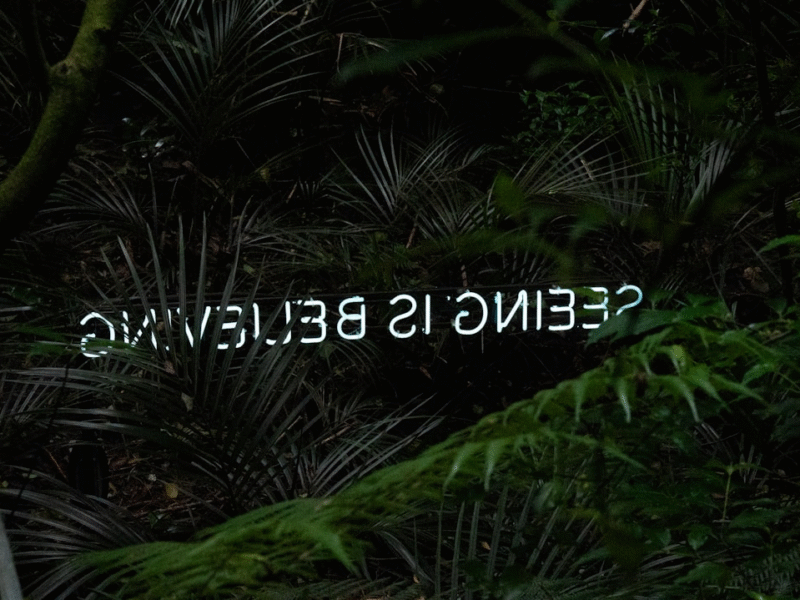June 24, 2025
Imagine seeing a company with a polished pitch deck, an enthusiastic and capable team that is pursuing a promising opportunity. Yet, something seems off. You wonder, can it be real?
Investors constantly assess opportunities, weigh the evidence, current situational dynamics, and consult their prior experiences. Sometimes, though, even concrete data isn’t enough to overcome skepticism.
Empirical evidence often serves as a cornerstone in decision-making. When evaluating a business venture, tangible proof, like as a working prototype, customer testimonials, or early revenue, can significantly bolster credibility. They indicate an idea has moved beyond the conceptual phase and may be ready to gain real traction.
However, it’s crucial to recognize human nature often inclines people to resist change and question new paradigms. Data alone may not be enough to overcome these inherent biases.
We hear the cliche, seeing is believing all the time, but sometimes the opposite matters more. People have to believe it’s possible in order to see it.
This tension between the need to see to believe and the necessity to believe to see is at the heart of transformative decisions. Let’s delve into why this balance matters and how to navigate it effectively.
The Power of Belief

Innovation relies on creating things people have only imagined, and it often starts with pure belief in something many people thought could never happen. Belief is the force that drives entrepreneurs to pursue uncharted paths — often at great personal risk — as they envisioning possibility that others might overlook. It fuels resilience in the face of setbacks, doubts, and unforeseen obstacles.
Consider this, from the Bureau of Labor Statistics: Approximately 50% of startups fail in the first five years. Obviously the successful ones start with belief themselves, but they pair it with the ability to instill the belief in a team, investors, customers, vendors, and the other stakeholders.
Navigating the Balance

The interplay between evidence and belief isn’t binary. It’s dynamic. Effective leaders and communicators understand when to emphasize data and when to inspire with vision.
Understanding your audience is paramount. Some stakeholders prioritize data and risk mitigation, while others want bold visions and potential impact. Tailoring your approach to address their preferences can enhance engagement and buy-in. While you may need to lean on one more heavily than the other, weaving the two together will yield the strongest case.
- Provide Concrete Evidence. Share metrics, case studies, or user feedback that validate your concept. This builds trust and demonstrates feasibility.
- Then go farther: Articulate a Compelling Vision. Paint a vivid picture of the future your idea aims to create. Engage your stakeholder’s emotions to align them with your mission.
But realize people who don’t believe in the vision won’t be swayed by a mountain of statistics. While it might make sense logically to start with hard data, it’s a good idea to check in on how open someone is to the vision to begin with.
Spend time getting used to (and good at) both approaches. It’s a skill leaders need to develop whether they are pitching investors, selling products to consumers, rallying a team, or hiring a superstar.

